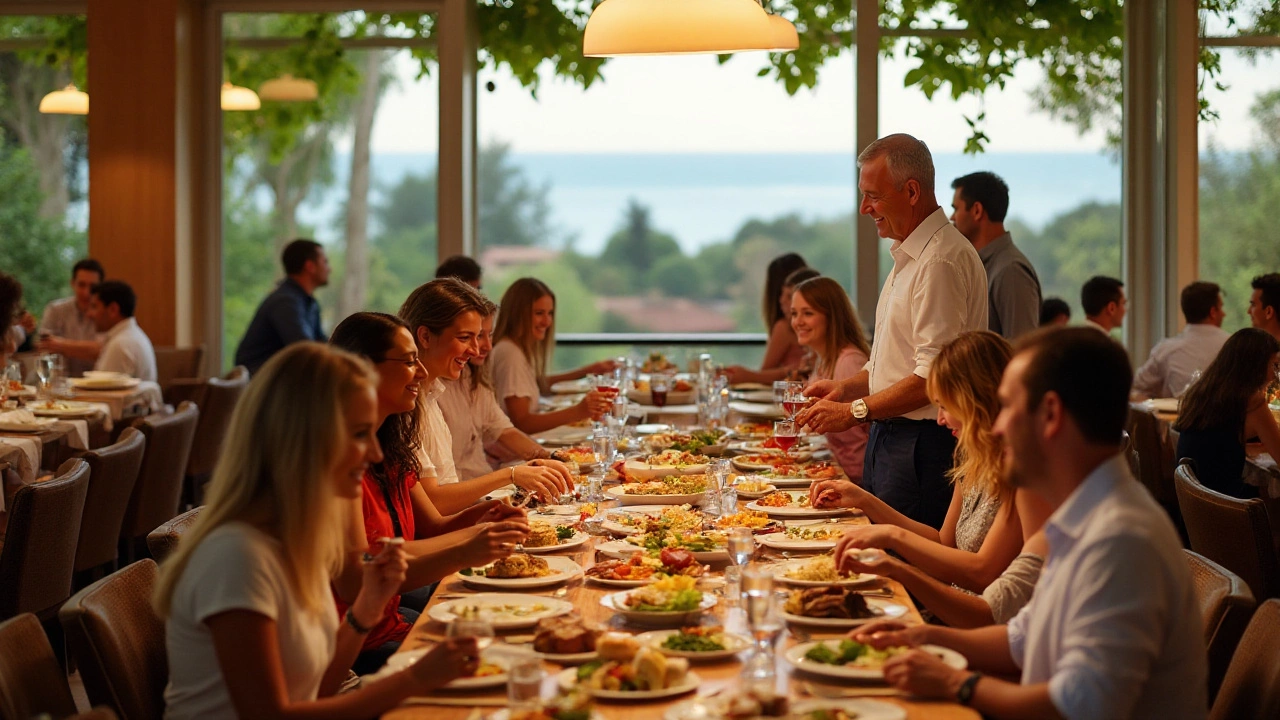Free Food: Real Ways to Get Complimentary Meals at UK Cottages & Resorts
Everyone loves a free bite, especially when you’re away from home. But “free food” can mean different things depending on where you stay. Some places truly include meals in the price, while others have hidden charges or limited options. Below we break down the reality behind the hype and give you quick tricks to stretch your food budget during a getaway.
What’s Really Included in Free‑Food Deals?
All‑inclusive resorts often advertise “everything’s included,” but the fine print matters. Most all‑inclusive hotels in Europe cover breakfast, lunch, dinner, and a selection of drinks – both soft and alcoholic – in the nightly rate. However, premium restaurants, specialty cocktails, and room service usually sit outside the package. Check the resort’s amenity list before you book; look for terms like “buffet only” or “limited à la carte.”
If you’re staying at a self‑catering cottage or a glamping site, the “free food” angle changes. Many holiday cottages partner with local farms or have on‑site pantries stocked with basic staples – think bread, butter, and jam – at no extra cost. Some glamping tents even include a welcome basket with snacks and a bottle of wine. Those perks are often highlighted in the property description, so a quick scan can reveal hidden value.
Remember that national trust cottages and some boutique hotels may offer a complimentary breakfast or an evening tea as part of the booking. The key is to read the booking page closely and note any mention of “included meals,” “welcome pack,” or “guest pantry.”
Tips to Maximise Free Meals on Your Stay
1. Book During Off‑Peak Seasons. Hotels and resorts reduce rates and sometimes boost food inclusions to attract guests. You’ll often get more courses or a wider drink selection when demand is low.
2. Ask About Local Partnerships. Many properties work with nearby restaurants that offer guests a discount or a free starter. A quick chat at reception can unlock a complimentary appetizer you wouldn’t see online.
3. Use Loyalty Programs. If you frequently book with a chain, points can convert into free meals or upgrades that include better dining options.
4. Check for Early‑Bird or Late‑Night Buffets. Some all‑inclusive resorts have separate buffet times that are less crowded and sometimes free for guests staying longer than a certain number of nights.
5. Bring Your Own Snacks. If the property allows it, a small cooler with sandwiches or fruit can supplement the provided meals and save you from pricey minibar charges.
6. Take Advantage of Complimentary Breakfasts. Even if your stay isn’t all‑inclusive, many UK hotels and B&Bs throw in a free breakfast. Eat a solid morning meal there and plan lighter lunches to avoid extra costs.
7. Read Guest Reviews. Past visitors often mention whether the “free food” promise lived up to expectations. Look for comments about portion sizes, variety, and any surprise fees.
By keeping these tips in mind, you can turn a standard booking into a food‑filled adventure without breaking the bank. The next time you search for a cottage, glamping site, or resort, filter for “included meals” or “free breakfast” and let the savings add up.
Enjoy your next getaway knowing exactly what “free food” means for you, and make the most of every complimentary bite.
